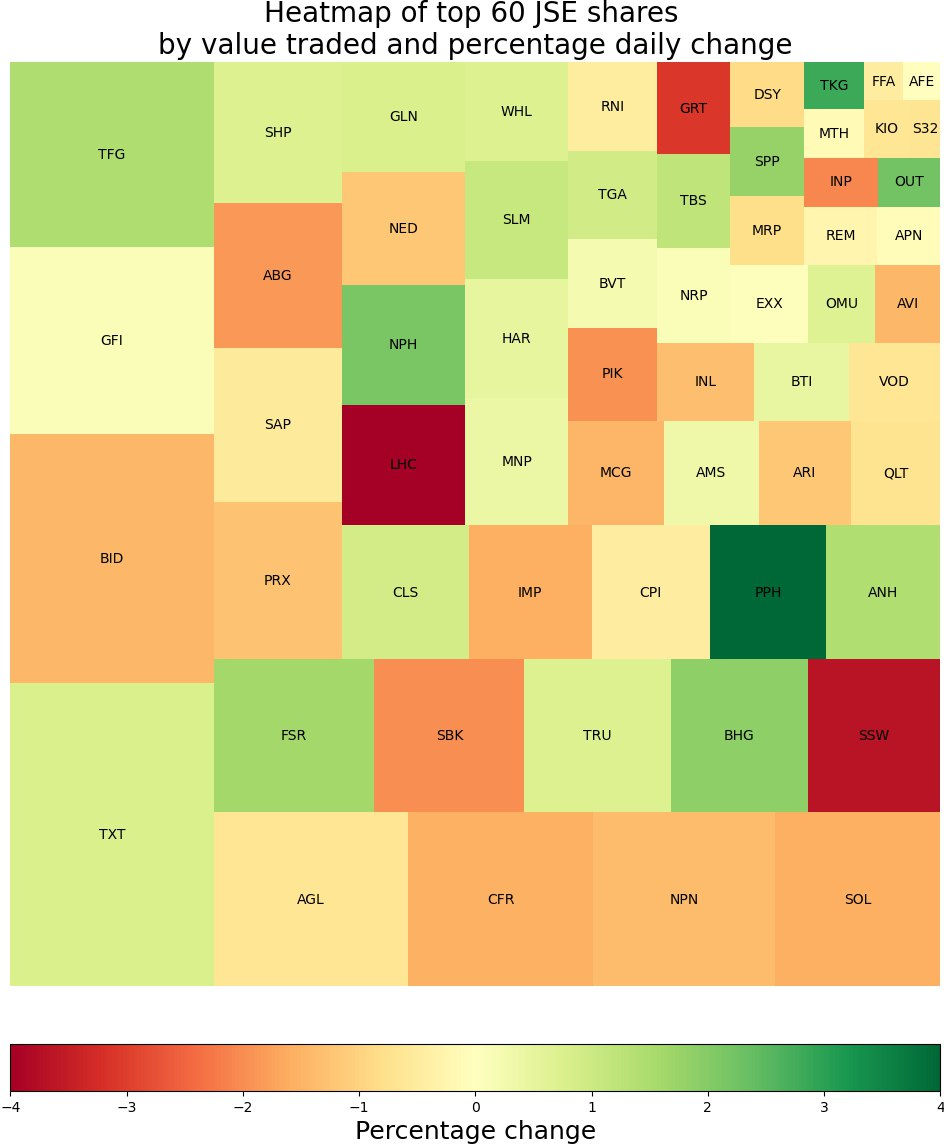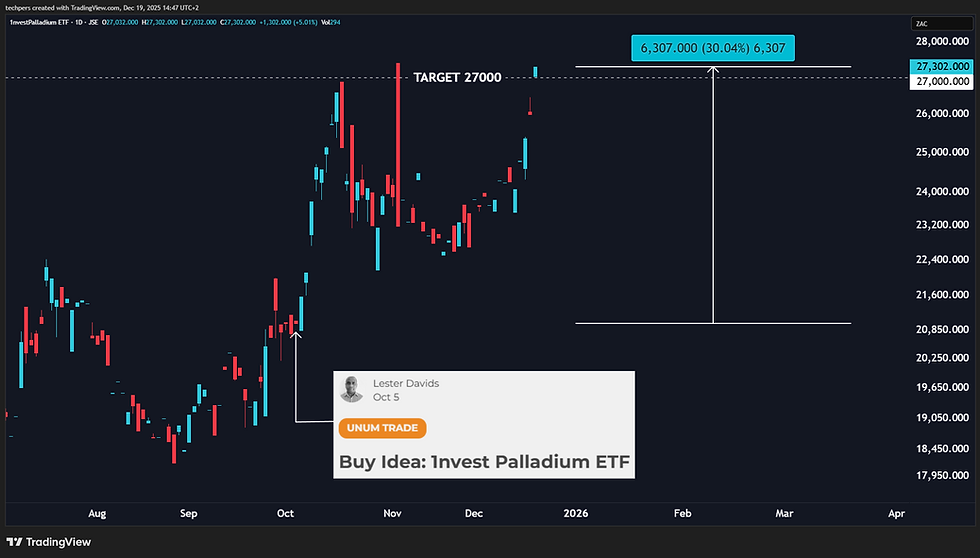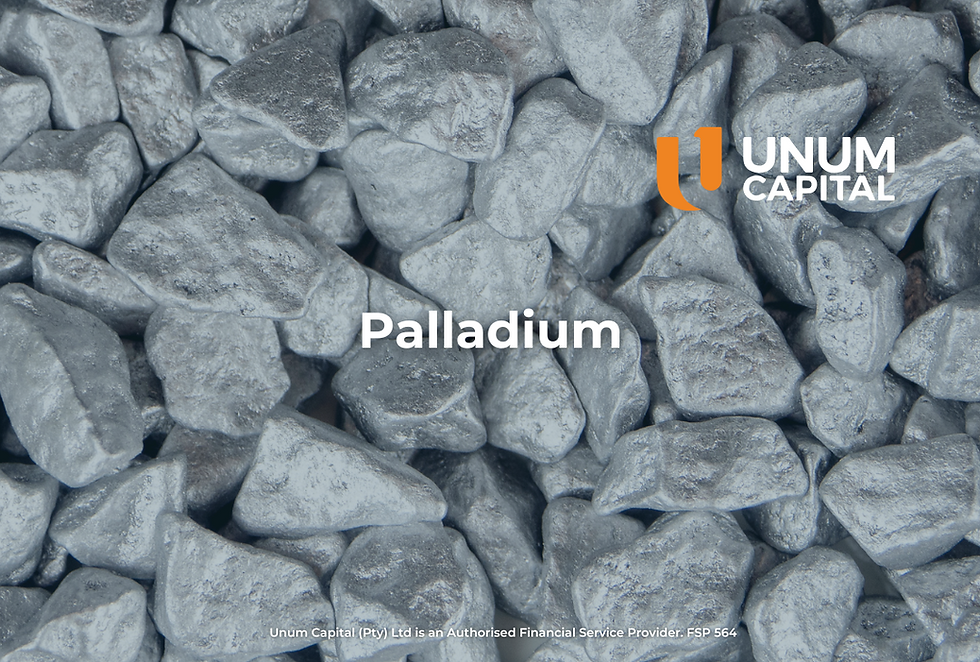Interpreting the Heatmap: Comparing Value Traded to the Daily Percentage Change for JSE shares
- Peet Serfontein

- Oct 26, 2023
- 4 min read
What is a Heatmap?
A heatmap is a graphical representation of data where individual shares are represented as colours. In this context, the heatmap below shows the top 60 JSE (Johannesburg Stock Exchange) shares by value traded and their percentage daily change.

Share Tickers:
Each block or cell in the heatmap is labelled with a ticker symbol, representing a particular share on the JSE. For example, "IMP" or "NPN" are tickers for specific companies listed on the JSE.
Axes:
The x-axis depicts the "Percentage Change", spanning from negative to positive values. It reflects the day-to-day fluctuations in a share's price, with positive values signifying an uptick in share price value and negative ones denoting a decline.
Block size:
The size of each block signifies the "Value Traded" for a particular share in a day. "Value Traded" denotes the total monetary amount of a specific share exchanged on the equity market within a given day. It is determined by multiplying the volume of shares traded with their average trading price for that day.
Formula:
Value Traded = Number of Shares Traded × Average Trading Price of the Share
This metric is pivotal as it sheds light on the liquidity and activity surrounding a specific share. A higher value traded typically signifies increased interest and engagement with that share for a multitude of reasons. Conversely, a lower value traded might suggest diminished interest or activity in that particular share.
How to Use the Heatmap:
When analysing equity markets, both the "value traded" and the direction of the share price movement (percentage change) can provide critical insights into the sentiment and behaviour of traders and investors.
High Trading Volume with Rising Share Price (larger block sizes and darker shading of green):
Interpretation: This typically indicates a strong buying interest in the share. A higher volume of shares being traded, combined with an upward movement in price, suggests that the demand for the share is outstripping supply. This can be due to positive news about the company, better-than-expected earnings reports, or any other factor that boosts traders' and investors' confidence in the share's future performance.
Possible Implications: The share may be in a bullish phase. This scenario might attract more market participants who want to capitalise on the upward trend, further pushing the price up, at least in the short term. However, traders and investors need to be cautious about potential overvaluations.
High Trading Volume with Declining Share Price (larger block sizes and darker shading of red):
Interpretation: This indicates strong selling pressure. Even though a large volume of shares is being traded, the fact that the price is declining suggests that there is more supply than demand for the share. Reasons can include negative news about the company, disappointing earnings reports, or broader negative market or sector trends.
Possible Implications: The share might be in a bearish phase, signalling a potential downtrend. This can cause panic selling among market participants, which might further depress the share price. On the other hand, some market participants might see this as an opportunity to buy the share at a discounted price, anticipating a future rebound.
High Trading Volume with Minimal Price Fluctuation (larger block sizes with a beige shading):
Interpretation: When there is a large value traded with minimal share price movement, it suggests that there is equilibrium between buyers and sellers: A high trading volume with little change in price indicates that there is a balance between buying and selling pressure. For every trader or investor eager to sell, there is someone equally willing to buy at nearly the same price.
Possible Implications: The share could be in a consolidation phase, where it is finding a stable price range after a period of significant upward or downward movement. This phase can often precede a breakout in either direction, depending on subsequent news or market sentiment. The share might be trading near a strong support (a price level where a share tends to find buying interest) or resistance level (a price level where selling interest tends to surface). Even with high trading volumes, the share might struggle to break these levels, leading to minimal price movement.
Low Trading Volume with Significant Price Swing (Either Direction) (small block sizes with either a darker shading of green or red):
Interpretation: When there is a small value traded combined with significant share price movement either upwards or downwards, the share might not be highly liquid, meaning there are not many shares available for trading. In such cases, even small buy or sell orders can cause disproportionate price movements.
Possible Implications: Shares that are thinly traded or have low trading volumes can be more volatile, leading to larger price swings with fewer shares being exchanged. The share might be highly sensitive to specific news or events. Even if only a few traders and investors react to the news, it can cause a significant price movement due to the low volume of trades.
Low Trading Volume with Minimal Price Fluctuations (small block sizes with a beige shading):
Interpretation: There might be a general consensus about the share's value among the few participants, leading to little price movement. In the absence of any significant news or events related to the company or its industry, traders and investors might have no strong incentive to buy or sell, resulting in low trading volume and stable prices.
Possible Implications: Market participants could be on the sidelines, waiting for a clear indication or event that might dictate the share's future direction. Until such an event occurs, there may be limited trading activity and minimal price change. The nearly unchanged price with low volume might indicate that the market is indecisive about that particular share at the moment, with no strong bullish or bearish sentiment driving it.
Conclusion:
When the bulk of the blocks are sizable and green, it signifies a largely upbeat market day, underscored by heightened trading activity. These shares could be potential candidates for a long position. On the other hand, if a majority of blocks are red and indicate robust trading, the market seems to have tilted towards a negative trend, suggesting possible short-sell opportunities. For shares represented by beige blocks, whether large or small, it might be prudent to exercise caution or steer clear
In all the scenarios presented, it is crucial to consider other market indicators and conduct a comprehensive analysis before making investment decisions. External factors, such as macroeconomic conditions, industry trends, and geopolitical events, can also influence share price movements and trading volumes.




Comments